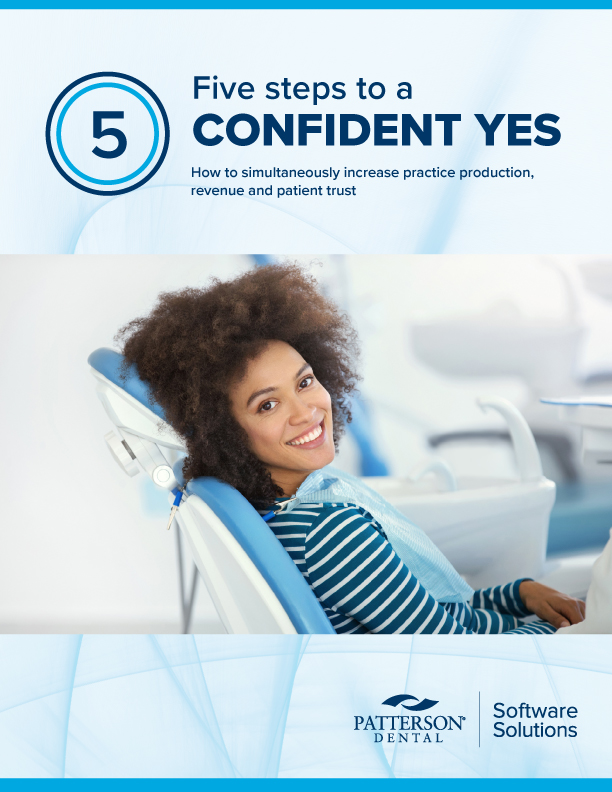New federal rules on nondiscrimination in health care
New HHS rules modify protections for LGBTQ+, disabled patients

The Department of Health and Human Services issued two final rules in May modifying existing rules prohibiting discrimination in health care on the basis of race, color, national origin, age, disability or sex — including pregnancy, sexual orientation, gender identity, and sex characteristics — and making health care more accessible for patients with disabilities.
The first rule, among other things, provides that sex discrimination in Sec. 1557 of the Patient Protection and Affordable Care Act includes pregnancy status, sexual orientation, gender identity and sex characteristics. Those portions of the rule are on hold pending the outcome of several federal lawsuits filed by nearly 20 states challenging the agency’s interpretation of discrimination “on the basis of sex.”
It also includes provisions to make health care more accessible to those with limited English proficiency.
The second rule strengthens protections for individuals with disabilities under Sec. 504 of the Rehabilitation Act of 1973. It includes enforceable standards to ensure medical equipment, web content, mobile apps, telehealth and other services are accessible to those with disabilities.
Below are key takeaways from the final rules. The Sec. 1557 provisions that are on hold are marked with an (*).
LGBTQ+
• Prohibits discrimination against individuals based on pregnancy status, sexual orientation, gender identity and sex characteristics.(*)
• Clarifies when health care providers may exercise their religious freedom and conscience objections or need to seek assurance of them from HHS.(*)
Individuals with limited English proficiency
• Requires covered health care providers to proactively let people know that language assistance services are available at no cost.
• Clarifies that telehealth services must be accessible to individuals with limited English proficiency.
Individuals with disabilities
• Requires covered health care providers to let people know that accessibility services are available to patients at no cost.
• Clarifies that telehealth services must be accessible to individuals with disabilities.
• Defines what accessibility means for websites and mobile applications, including technical standards to ensure these platforms are readily accessible to and usable by individuals with disabilities.
• Requires that medical diagnostic equipment, like exam tables and mammography machines, be compliant with the U.S. Access Board’s accessibility standards.
Clinical support tools
• Requires those covered by the rule to take steps to identify and mitigate discrimination when they use clinical algorithms, predictive analytics and other artificial/augmented intelligence tools.
The ADA is developing guidance to clarify how dentists are affected and answer questions about and how they can comply. In the meantime, guidance is available at HHS.gov/CivilRights.



